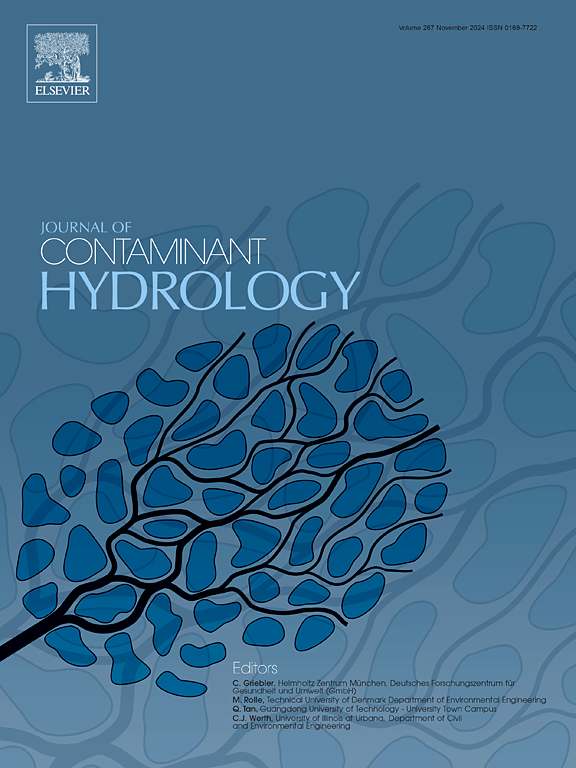A review of microplastics pollution in dams globally: Consequences and future outlook
IF 4.4
3区 环境科学与生态学
Q2 ENVIRONMENTAL SCIENCES
引用次数: 0
Abstract
Microplastic pollution, as an emerging and toxic pollutant, has become a major concern in aquatic ecosystems, including dams. Given that very little research has been conducted in this field, this article reviews this environmental challenge. In this paper, the origin, shape, color, polymer nature, and consequences of the presence of microplastics (MPs) in dams around the world were investigated based on limited published research. The dominant shape, color, and polymer nature in dams were found to be fiber, white, and polyethylene (PET), respectively. Given the increasing distribution of MPs in aquatic resources, special attention was paid to the prospects and management strategies for their mitigation.
全球水坝微塑料污染综述:后果和未来展望
微塑料污染作为一种新兴的有毒污染物,已成为包括水坝在内的水生生态系统的主要问题。鉴于在这一领域进行的研究很少,本文回顾了这一环境挑战。本文在有限的已发表研究的基础上,对世界各地水坝中微塑料(MPs)的来源、形状、颜色、聚合物性质和后果进行了调查。水坝的主要形状、颜色和聚合物性质分别是纤维、白色和聚乙烯(PET)。鉴于MPs在水生资源中的分布越来越广,因此特别注意了其缓解的前景和管理战略。
本文章由计算机程序翻译,如有差异,请以英文原文为准。
求助全文
约1分钟内获得全文
求助全文
来源期刊

Journal of contaminant hydrology
环境科学-地球科学综合
CiteScore
6.80
自引率
2.80%
发文量
129
审稿时长
68 days
期刊介绍:
The Journal of Contaminant Hydrology is an international journal publishing scientific articles pertaining to the contamination of subsurface water resources. Emphasis is placed on investigations of the physical, chemical, and biological processes influencing the behavior and fate of organic and inorganic contaminants in the unsaturated (vadose) and saturated (groundwater) zones, as well as at groundwater-surface water interfaces. The ecological impacts of contaminants transported both from and to aquifers are of interest. Articles on contamination of surface water only, without a link to groundwater, are out of the scope. Broad latitude is allowed in identifying contaminants of interest, and include legacy and emerging pollutants, nutrients, nanoparticles, pathogenic microorganisms (e.g., bacteria, viruses, protozoa), microplastics, and various constituents associated with energy production (e.g., methane, carbon dioxide, hydrogen sulfide).
The journal''s scope embraces a wide range of topics including: experimental investigations of contaminant sorption, diffusion, transformation, volatilization and transport in the surface and subsurface; characterization of soil and aquifer properties only as they influence contaminant behavior; development and testing of mathematical models of contaminant behaviour; innovative techniques for restoration of contaminated sites; development of new tools or techniques for monitoring the extent of soil and groundwater contamination; transformation of contaminants in the hyporheic zone; effects of contaminants traversing the hyporheic zone on surface water and groundwater ecosystems; subsurface carbon sequestration and/or turnover; and migration of fluids associated with energy production into groundwater.
 求助内容:
求助内容: 应助结果提醒方式:
应助结果提醒方式:


